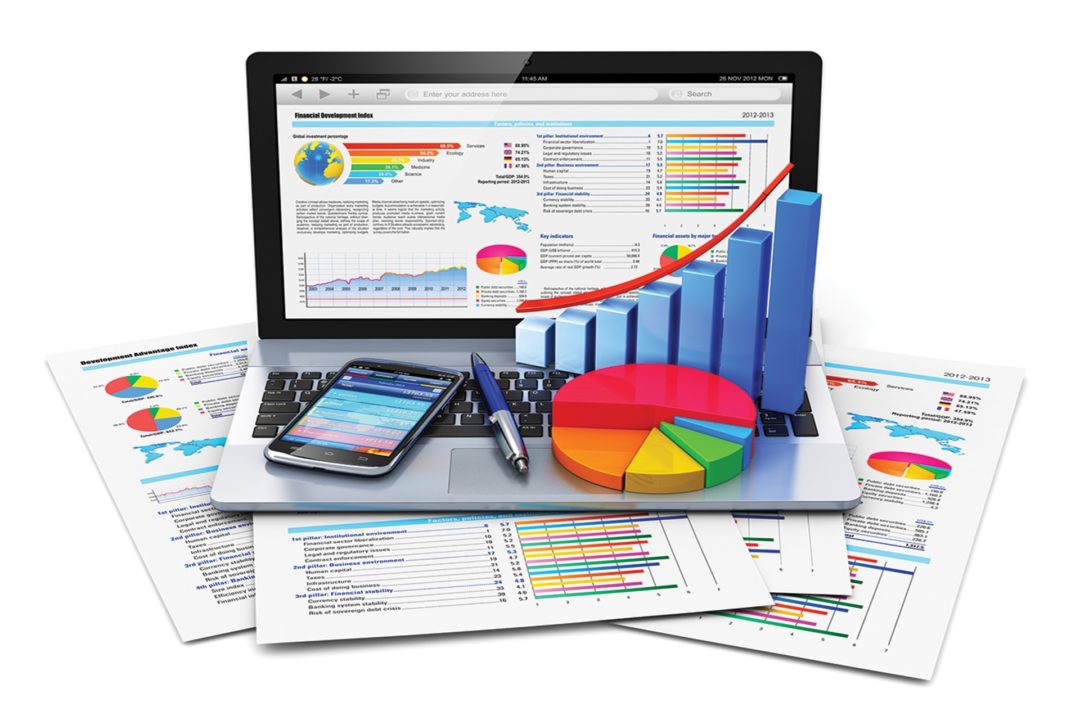You may have been told you need sales performance reports to better manage your natural business, but where do you start? It’s important to understand not all reports are useful and the wrong reports will only serve to confuse and distract you. This is why you need to understand what the reports are telling you, how to read them, and how to use their insights to drive sales.
Let’s place the key reports into two different buckets, internal and external. Internal reports support you and your management team. They identify opportunities to build your brand, close distribution gaps, address pricing and promotion issues, understand market and category trends, etc. External reports focus on your selling story and helping retailers grow category sales with your brand.
The key reports:1. Distribution.These highlight stores where your products are not being sold. Every store your brand/item is not available in equals lost sales. Filling voids is the quickest way to grow sales and get your brand in the hands of more shoppers. It also helps defend against competitive threats by ensuring your brand has a strong foundation to build on.
Identify what your core items are by category and segment (these are the items that need to be in distribution in every store) and should include only your top selling items. Never place slower moving items on a shelf in place of your top selling items. This will only dilute your brand and weaken your ability to grow sales and defend against competition.
2. Ranking.These show how your brand and items are performing in the market compared to your competition. The key things to look at are your overall ranking within the top 5/10/15/20 items in the category as well as your brand’s share of sales (the percentage of total category sales your brand generates). The hope is that you are getting your fair share of sales for the number of facings and products you have on the shelf. (If your brand generates 30% category sales, then you should have at least 30% of the total linear shelf space.)
3. Contribution.How much is your brand contributing to the category’s growth compared to your competition? This is typically measured at the brand level. The metric to look at is “Sales Per Point of distribution” (it has different names in different databases). This highlights the sales your brand generates, factoring in distribution (where it’s being sold). This is sometimes included in canned ranking reports.
4. Sales.You need to know how much of “x” you are selling in every place “x” is sold. The generic canned topline reports don’t address this question. While it’s nice to know how much you are selling annually compared to your competition, it’s more important to know you are meeting the needs of shoppers wanting your products. That means NO OUT OF STOCKS…EVER! It also means you are able to determine product turns by store so you can properly execute promotions.
In addition to knowing how your sales compare to the competition by retailer and market, you also need to see weekly sales trends by item.
5. Category Overview.These reports are a combination of the above BUT they are client/retailer facing. They tell the story of your brand, highlighting its successes and ability to drive shopper traffic, sale, and profits in the category at the retailer. Category review reports should be tailored to the objective they are trying to address (new item, category review, promotion planning, etc.) as well as to each individual retailer. The category review should educate the retailer as well as provide insights the retailer does not have.
©2017 Category Management Solutions CMS4CPG.com All rights reserved.
Published in Wholefoods Magazine November 2017

The Trends Shaping the 2025 Dietary Supplements Market
October 26, 2024








